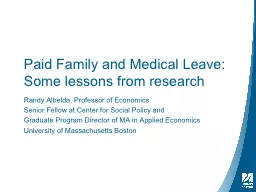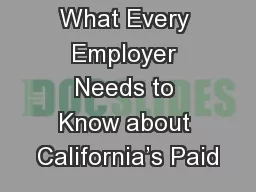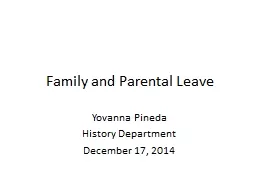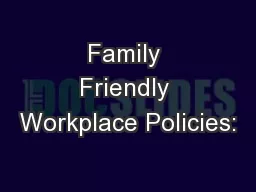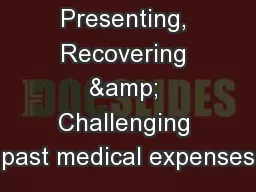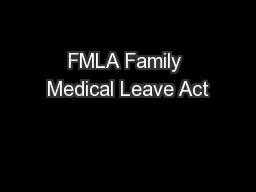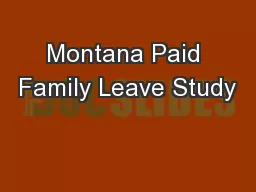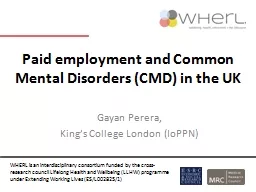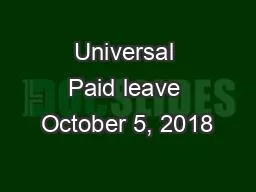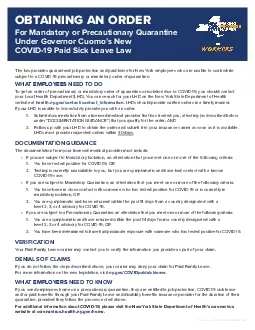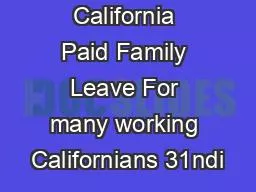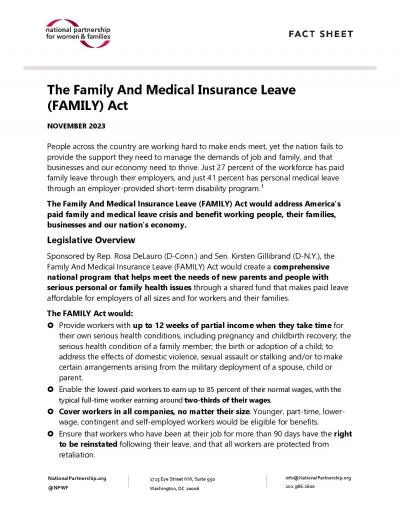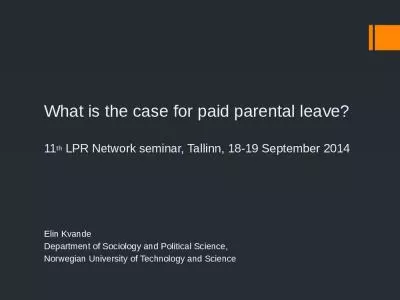PPT-Paid Family and Medical
Author : tatyana-admore | Published Date : 2017-05-26
Leave Some lessons from research Randy Albelda Professor of Economics Senior Fellow at Center for Social Policy and Graduate Program Director of MA in Applied
Presentation Embed Code
Download Presentation
Download Presentation The PPT/PDF document "Paid Family and Medical" is the property of its rightful owner. Permission is granted to download and print the materials on this website for personal, non-commercial use only, and to display it on your personal computer provided you do not modify the materials and that you retain all copyright notices contained in the materials. By downloading content from our website, you accept the terms of this agreement.
Paid Family and Medical: Transcript
Download Rules Of Document
"Paid Family and Medical"The content belongs to its owner. You may download and print it for personal use, without modification, and keep all copyright notices. By downloading, you agree to these terms.
Related Documents

